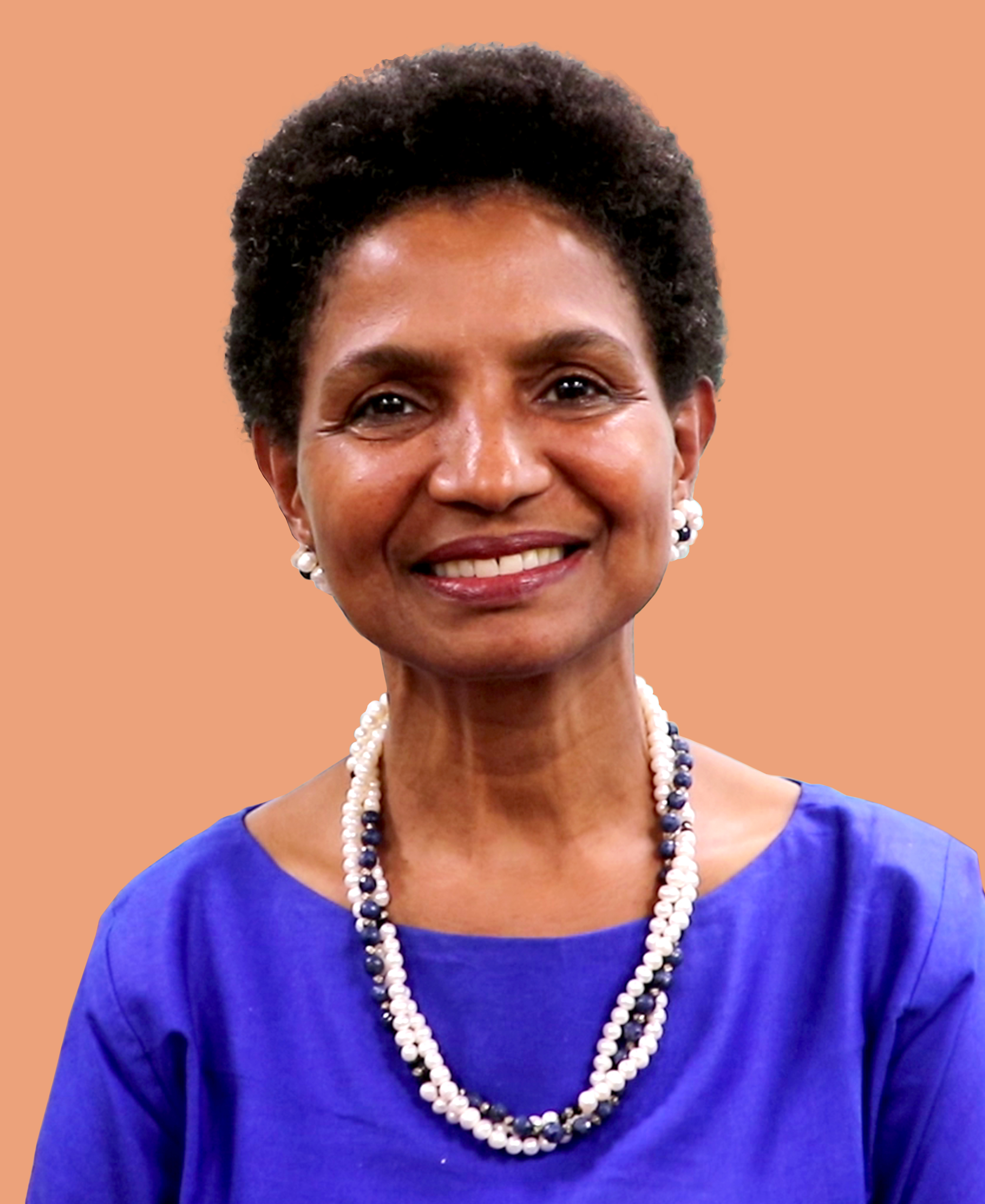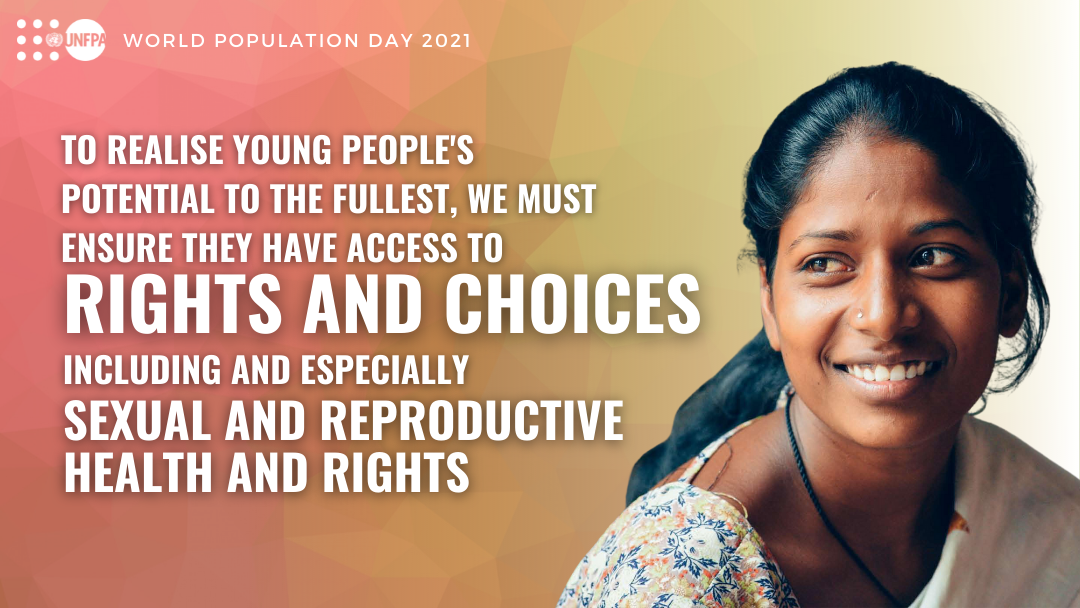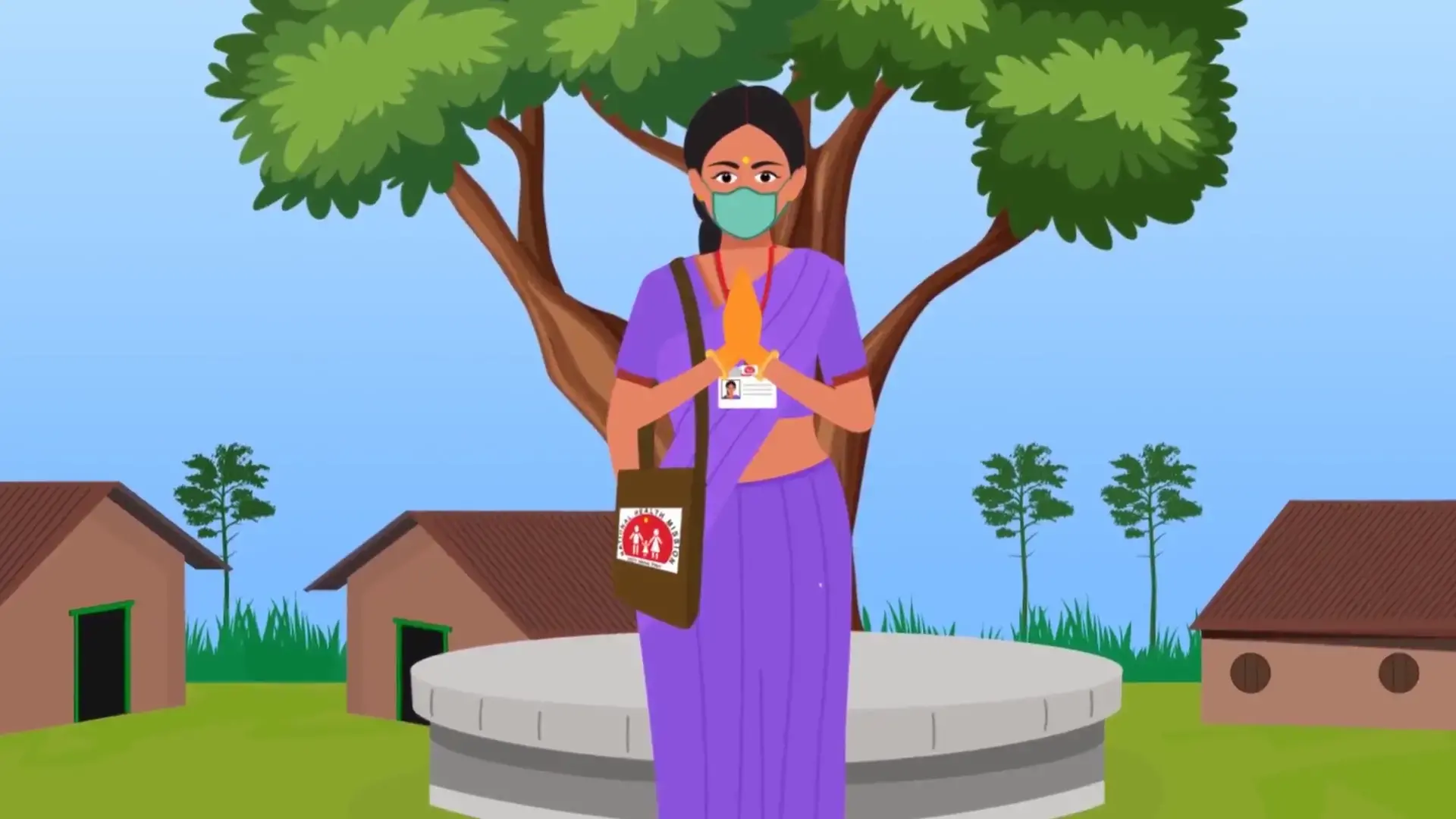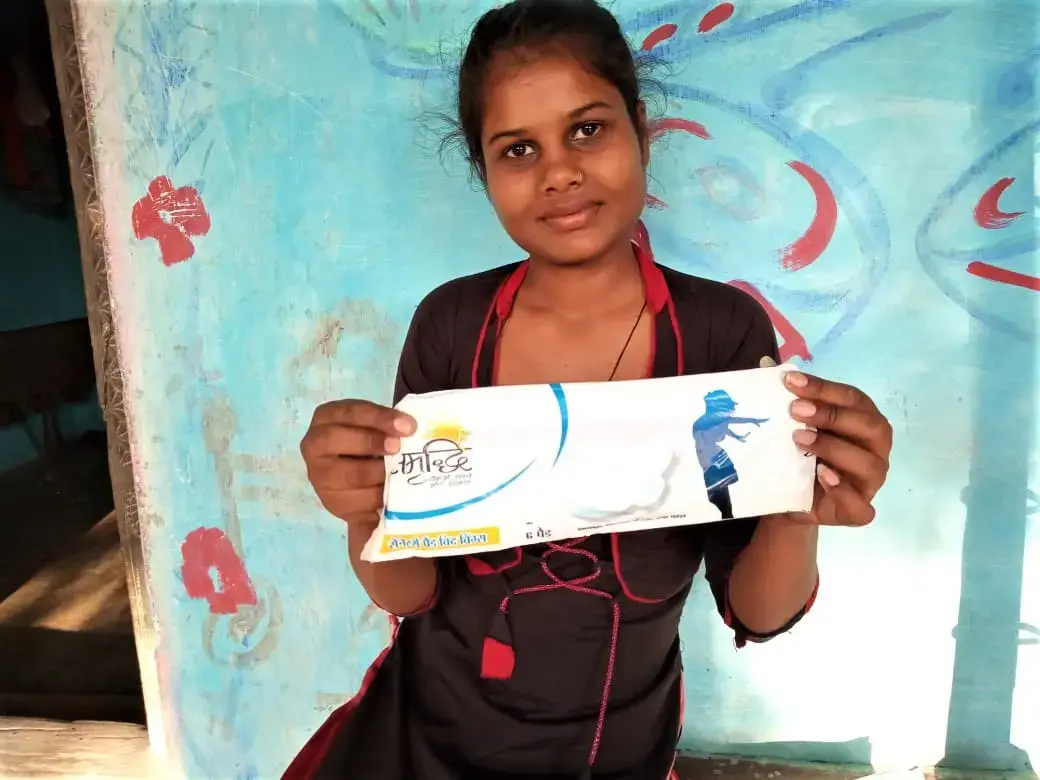
Representative India & Country Director, Bhutan
UNFPA
India touches a demographic milestone this World Population Day, but roadblocks remain
In these troubled times of the COVID-19 pandemic, the World Population Day on July 11 brings some positive news — India has entered a demographic sweet spot that will continue for another two to three decades. Half of India’s population is under 29 years of age, which means that in this period, a greater proportion of young people will drive India’s economic growth and social progress. So, they must not only be healthy, knowledgeable and skilled but must also be provided with the rights and choices to develop to their fullest potential, including, and especially, sexual and reproductive health and rights (SRHR).
The Guttmacher–Lancet Commission (Starrs et al, 2018) in looking at how to improve SRHR in populations formulated a comprehensive definition of SRHR that encompasses a broader range of issues. These include SRHR and issues such as violence, stigma and respect for bodily autonomy, which greatly impact the psychological, emotional and social well-being of individuals.
Developmental goals
India’s population growth is now stabilising. The decline in overall fertility notwithstanding, the population will continue to grow because of the effect of ‘population momentum’. It is like a Jumbo Jet that has started to descend but will take some distance to stop. The Total Fertility Rate (TFR), presently at 2.2 children, will soon reach replacement level (2.1). However, the TFR remains higher than the national average of 2.2 children among women who live in rural areas, have little formal education and are in the lowest income quintile — a majority of them live in the poorer States.
Changing social norms is one of the biggest challenges for India to address the needs of the next generation. For example, India’s population stabilisation strategy must be adjusted keeping in mind the rights of women and girls. Women must have a greater say in choosing their family size. Prescriptive or coercive methods, such as one- or two-child norms, have rarely worked well anywhere for long. It goes without saying that for women and girls, the empowerment to make choices leads to better health outcomes, such as knowing how to prevent unintended pregnancy or giving birth with the help of a skilled birth attendant.
The COVID-19 pandemic has exposed weaknesses in healthcare systems and has led to serious gaps and challenges in the provision of information and services on sexual and reproductive health (SRH). Even before the pandemic, pervasive negative social norms, health system barriers and gender inequality hindered universal access to SRHR as envisioned under the Programme of Action of the 1994 International Conference on Population and Development (ICPD). On World Population Day this year, the United Nations Population Fund (UNFPA) India recognises that even if health systems are understandably strained, the provision of these services cannot wait. Any further delays will curtail the health and well-being of women and girls, the consequences of which can last a lifetime.
In the last two decades, India has made substantial gains with SRH indicators. Progressive policies for maternal health have resulted in improved rates of institutional delivery and a decline in maternal mortality ratio (MMR) from 327 in 1999-2001 to 113 per 100,000 live births in 2016-18, as per Sample Registration System (SRS) data.
There have also been significant shifts in family planning in the past decade, and data from the National Health Family Survey 5 for the year 2019-20 (NFHS-5) show how contraceptive prevalence has improved in most States. We ought to celebrate India’s success, as it significantly contributes to global progress.
The current government, with programmes such as Beti Bachao Beti Padhao (BBBP), has made some efforts to challenge existing social norms and has underlined that investments in social causes must go alongside economic progress. All sections of society must embrace this call for positive change, each doing their part, from the individual to the institution level. The UNFPA is keen to take India’s success models and strengthen the South-South Collaboration further.

Poor indicators
But success is hard-earned and never assured. There are many challenges on the path to 2030, the goalpost for achieving the Sustainable Development Goals (SDGs).
Two million adolescent girls (15-19 years) each year had a pregnancy, and of these, nearly 63% were unwanted or unintended (Guttmacher Institute, 2021). This points to inadequate information and access to SRH services for this age group. In girls aged 15-19 years, 22.2% had an unmet need for contraception, according to NFHS-4.
Girls are still marrying too young — 26.8% of women aged 20-24 years are married before they turn 18, often having their first child within the first year of marriage. Far too many girls and women face gender-based violence and harmful practices that are socially sanctioned. All of these practices are rooted in social norms, beliefs and practices that deny women their bodily autonomy.
India has slipped 28 places to rank 140th among 156 countries, becoming the third-worst performer in South Asia in The World Economic Forum’s (WEF) Global Gender Gap Report (2021). Time to achieve the ambitious targets of the SDGs is running out. India must hence choose its priorities carefully. Our analysis seems to suggest that placing youth, women and girls at the centre of policymaking and services could trigger a positive ripple effect. If young people, and adolescent girls in particular, have access to education, relevant skills, information and services to make healthy choices, including related to SRH, are empowered to exercise their rights, and have access to opportunities for employment, then India will be on a clear path to achieve its goals.
Published in The Hindu





